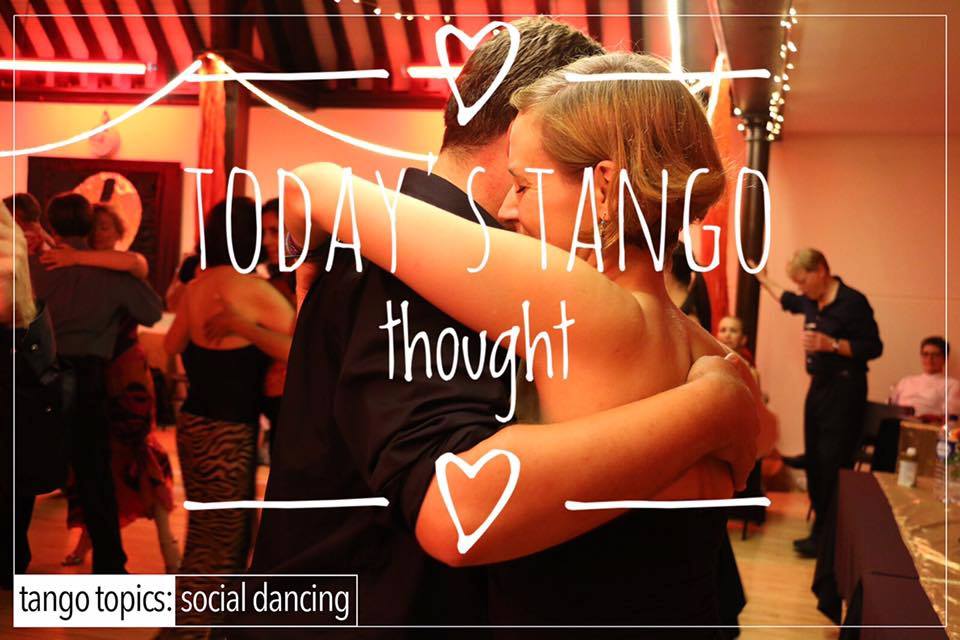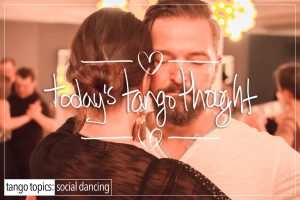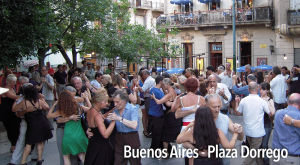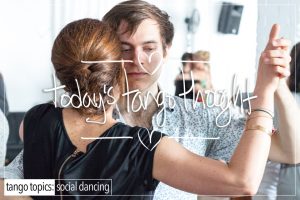A lot of people see Argentine Tango, this even happens for the ‘experienced’ dancers, as “Sooooo Roooooomaaaantic”. What these people fail to realize is that what they’re really seeing (if it’s a performance – and it generally is) is the execution of hard won technique on multiple levels. The emotional component is illusionary. That’s one of the only ways that people can really understand the dance through these limited lenses of perception. Or in this case, ‘romantic’.
To be clear, the dance is not romantic. It’s hard work in ways you haven’t even begun to become aware of. Yes there is fun, but that fun really lay in doing something skillfully makes it way more fun! So while you and they are seeing ‘romance’ what’s really going on is skill and hours, weeks, months, and years of hard earned mastery over technique!











